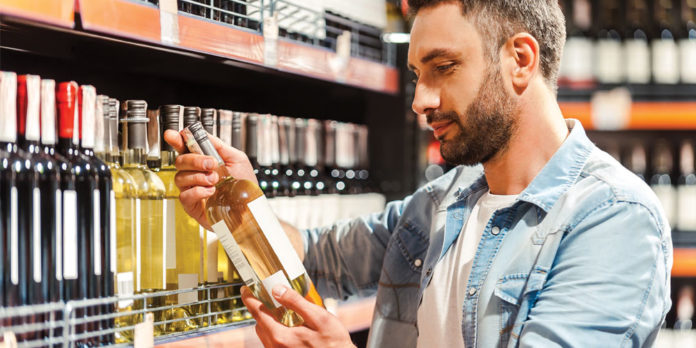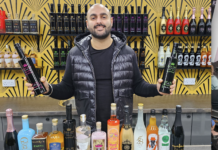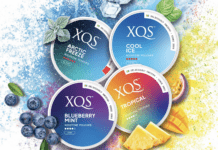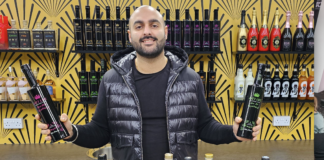Wholesalers want advice on what wine to stock and how to stock it. Joseph Lee finds out how to get the most from the category.
It is the most popular alcoholic drink in the home and seven out of 10 customers buy it, so it is no wonder that wine is worth more than £1bn in the convenience channel.
It is also notoriously complicated, with many wholesalers and retailers wishing for a category champion to show them the way to realise the potential of wine sales.
So we asked suppliers for their predictions – and how to make the most of the public’s love of a good tipple.
New world rising
Ben Smith is head of communications at Concha y Toro, which offers the bestselling wines in key varieties, including Cabernet Sauvignon and Casillero del Diablo. He argues that wholesalers should focus on New World wines, which continue to show the greatest growth.
“Wine will continue to grow in convenience and the most important styles will deliver good profit for retailers,” he says.
In the past year, wines from Argentina have grown by 36%, Chile 20%, New Zealand 17% and Australia 2.5%: “Consider these as areas to focus on for the next year,” he says.
Other suppliers warn of pitfalls on the horizon, however. Andrew Turner, director of wine for Halewood Wines & Spirits, says that currency fluctuations due to Brexit are likely to increase prices or eat into profits.
“Brexit will continue to challenge range competitiveness and/or profit, and general consumption trends are down,” he notes. “However, with the continuing reduction of aggressive activity in other sectors, securing an everyday competitive proposition is easier to deliver.”
Suppliers acknowledge that wine is a hard category to master. But they say that success begins with getting the range right.
Winning on range
Says Smith: “The wine category is more complex than most. Unlike a majority of categories in-depot, wine is very fragmented with a lot of suppliers and complexities of varietal, country of origin and vintage.”
“There is a risk of overstocking on everything, but if done well and if retailers focus on bestsellers, the category represents a great value opportunity.”
Getting the range right means focusing on a core range of must-stock styles rather than a larger range of bottles that will gather dust, he suggests. “Most wine shoppers have specific fallback options, like New Zealand Sauvignon Blanc, Argentinean Malbec and Prosecco, which will drive the major sales in the wine category.”
Concha y Toro’s WineWise site, which aims to provide information to help merchandise wine more effectively, has crunched the numbers and recommends a balance of 50% white, 15% rosé and 35% red wines.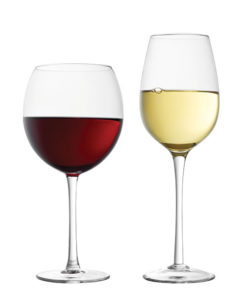
But growing the category means ensuring that the range is wide enough, too. “Sell a more balanced range of wines across still and sparkling, colour, grape varietal, and – crucially – price point,” says Shaun Heyes, channel director of Treasury Wine Estates (TWE), which has brands running the gamut from big-selling affordable wines such as Blossom Hill to fine wine brands such as Penfolds.
“Not every everyone wants to buy a £5 to £6 bottle of wine,” he says. “The category will benefit from wholesalers selling a range of wines across multiple price points – it will educate and encourage retailers to stock wines with a more balanced and broader range of price points with less duplication.”
Trading up
He recommends that wholesalers create a dedicated fine wine section in their depots, merchandising it in a different way to the mass-market brands and providing an opportunity for trained staff to educate retailers.
For instance, wholesalers could display each premium brand as a single bottle with detailed information about its style and good food pairings – after all, 80% of wines are bought to drink with food.
“You have an opportunity to help and inspire retailers to think about these wines differently, which can help grow your business, and theirs,” says Heyes.
With many customers basing their wine-buying decisions around promotions, these are a vital tool in encouraging retailers to branch out in their selections of wine.
“Don’t have multiple promotions on commercial £5 wines,” Heyes suggests. “Look at the offers you include as part of your retail clubs and those you include in your consumer leaflets. Make sure there are good offers across all the styles you sell and across all your price points.”
Halewood’s Turner says that encouraging customers to make small, incremental trade-ups can steadily increase the value of the category.
“Encouraging customers to trade up and extending purchase by occasion will deliver incremental sales and profit,” he says. “This does not have to be complicated, but can be done simply by converting wine shoppers from seeing it as a functional purchase to a more ‘treat’-based behaviour, with an offer that may only be 50p per bottle more.”
New consumers
The next step is to encourage new wine drinkers into what can be an intimidating market. TWE has been focusing on making wine accessible to millennials.
One step was introducing pricemarked packs to branded wine, to provide reassurance about good value. The company has also launched brands targeted at millennials.
For men, it created 19 Crimes and Gentleman’s Collection, with intense red wines and a rebellious image, while for women, it launched a range of fruit wines, Blossom Hill Spritz, in December, which has flavours ranging from cherry to elderflower and lemon.
